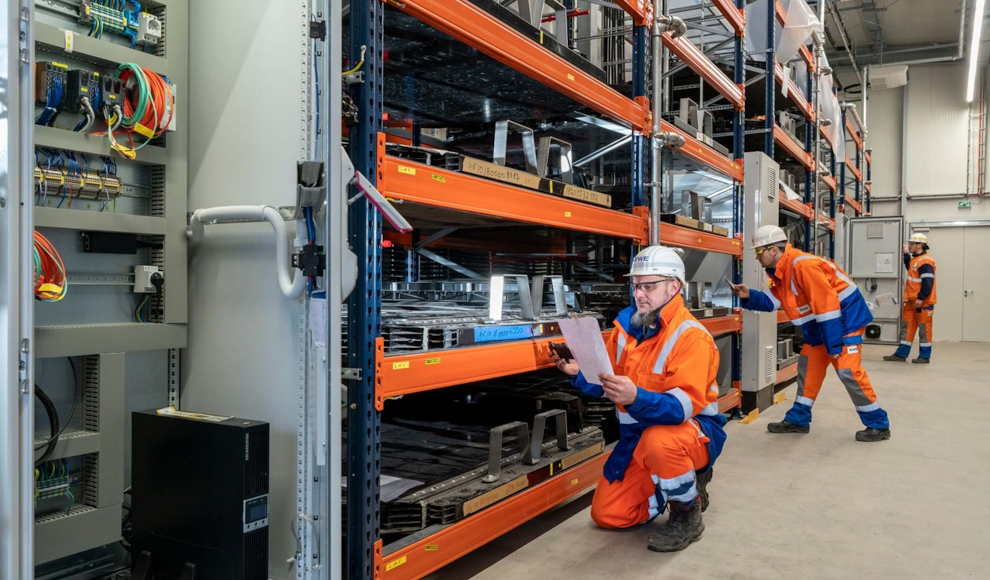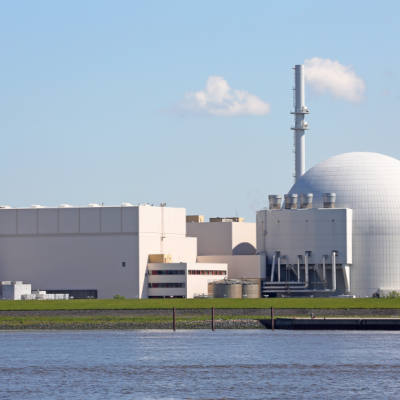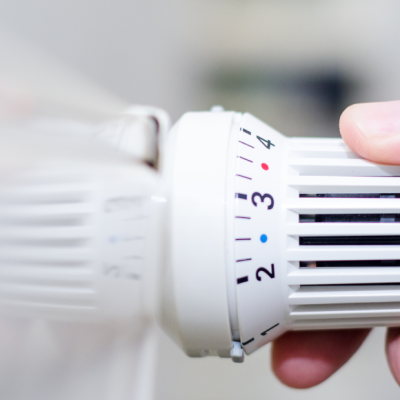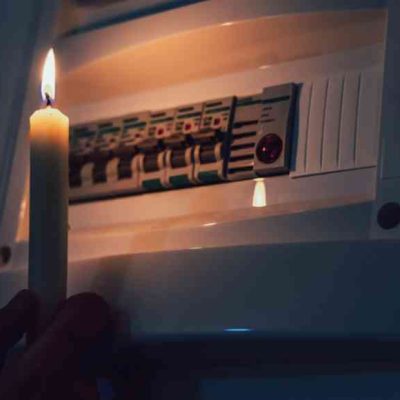RWE and Audi are currently testing a stationary energy storage system made from old batteries of electric cars in Herdecke, Germany. These batteries are said to have a remaining lifespan of around ten years. The production of electricity from renewable sources such as wind, water, and solar power is dependent on external environmental factors. Therefore, it is crucial to have enough energy stored to support the expansion of renewable energy. RWE and Audi are currently testing an energy storage system made from retired lithium-ion batteries from electric cars at the Hengsteysee pumped storage power plant in Herdecke. The battery system is expected to store around 4.5 MWh of energy. The batteries used have a remaining capacity of 80%, making them suitable for use as “second-life batteries” in stationary energy storage systems. The remaining lifespan of the batteries is estimated to be around ten years, and they are significantly cheaper than new cells.
According to Roger Miesen, CEO of RWE Generation SE, powerful energy storage systems are essential for the energy transition. Flexible storage technology is needed to balance short-term fluctuations in renewable energy and stabilize the grid. The battery system, consisting of 60 batteries from the Audi e-tron, each weighing 700 kg, is divided into two modules connected in series to increase the operating voltage of the energy storage system. The energy storage system is used for frequency regulation of the power grid, and other marketing methods will also be tested. RWE currently operates ten battery projects in Germany, Ireland, and the United States, in addition to the second-life battery storage system. The capacity is expected to increase from the current 60 MW to 3 GW by 2030.
In conclusion, RWE and Audi are testing a stationary energy storage system made from retired lithium-ion batteries from electric cars in Herdecke, Germany. The battery system is expected to store around 4.5 MWh of energy, and the batteries used have a remaining capacity of 80%, making them suitable for use as “second-life batteries” in stationary energy storage systems. The energy storage system is used for frequency regulation of the power grid, and other marketing methods will also be tested. RWE currently operates ten battery projects in Germany, Ireland, and the United States, in addition to the second-life battery storage system. The capacity is expected to increase from the current 60 MW to 3 GW by 2030.










